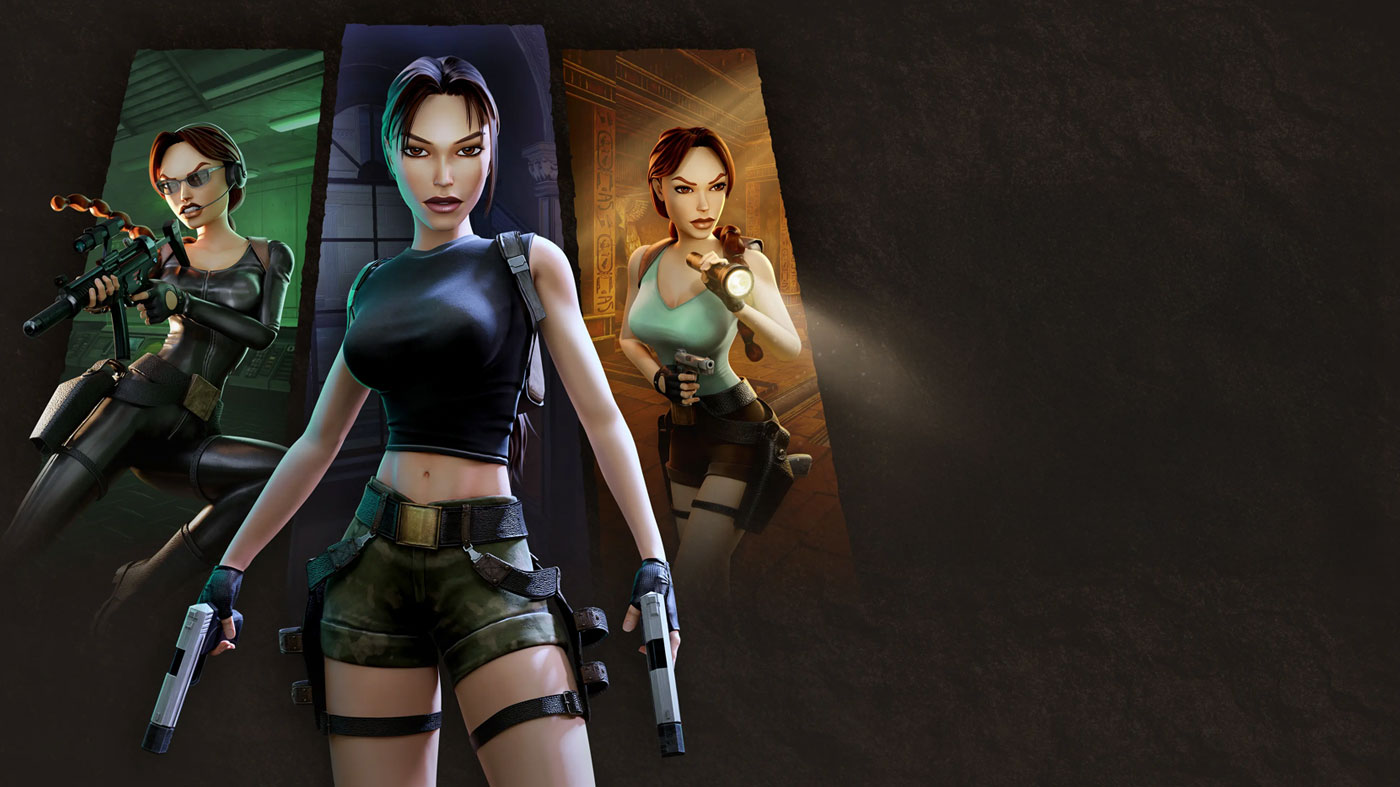Perhaps this is controversial, but you know what you’re getting into with Tomb Raider IV-VI Remastered. Following on from the stellar remasters that Aspyr put out just twelve months ago of the original trilogy, this new remaster collection is similar. But Aspyr has done a few extra little things to help these games make the jump to the latest generation of consoles. Despite these numerous but small improvements, you can only polish these games so much before the glaring issues belying their design begin to show. Regardless, as a franchise fan, these games are still well worth your time. However, you can see how they would eventually lead the series to be retooled eventually.
As it’s imaginatively specified in the title, Tomb Raider IV-VI Remastered contains the fourth, fifth and sixth Tomb Raider games. These were the last of the games to be developed by the series original creators and developers, Core Design, with two of the games originally appearing on the PlayStation and one of them the PlayStation 2. Tomb Raider: The Last Revelation, Tomb Raider: Chronicles and Tomb Raider: Angel of Darkness are included here, warts and all, though Aspyr has included cut content for the latter too.
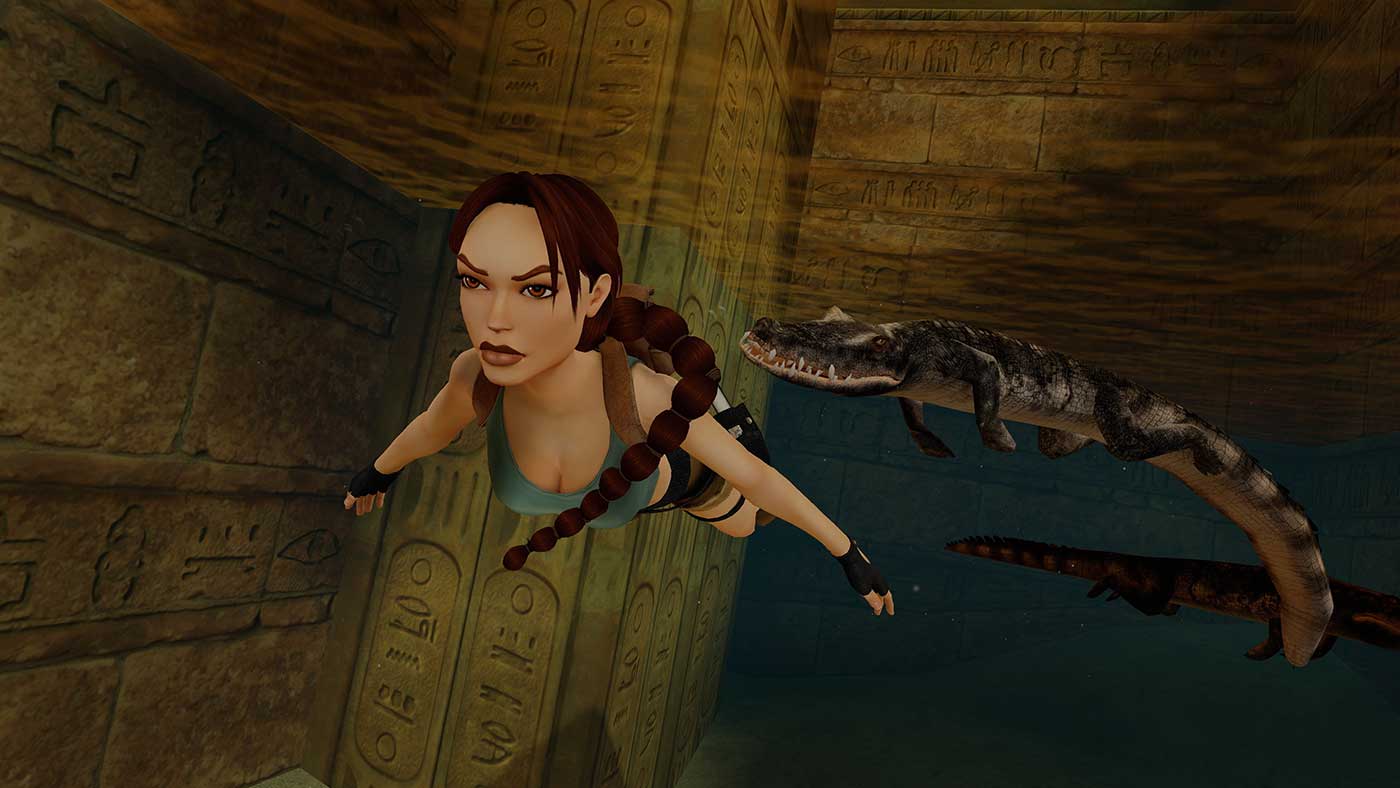
The treatment remains largely the same – the games have all received a pretty effortful visual overhaul, new “modern” controls and updates to the camera controls designed to make you forget you’re playing a PlayStation game from the late 90s. Like the original trilogy, the modern controls feel better, but the games are so clearly designed around the original tank-style controls that much of the platforming can become frustrating. While Lara controlled like a drugged cow wearing steel-capped boots, she did so for a reason. It, in all its clunkiness, feels more precise. Thankfully, regardless of your predilection, the original game’s presentation and controls are all available for all three games.
Other newer features for this second trilogy feel like icing on the cake. For Photo Mode junkies, a new “Flyby Camera Maker” feature allows you to record the movements of the camera to create your own little cinematic shots. Boss health bars are now displayed, cutscenes can be skipped if you’ve played these games to death before, and even new animations help to make Lara move a bit more naturally than she did in the original games. They’re solid additions, but their usefulness depends on your thoughts about the original games.
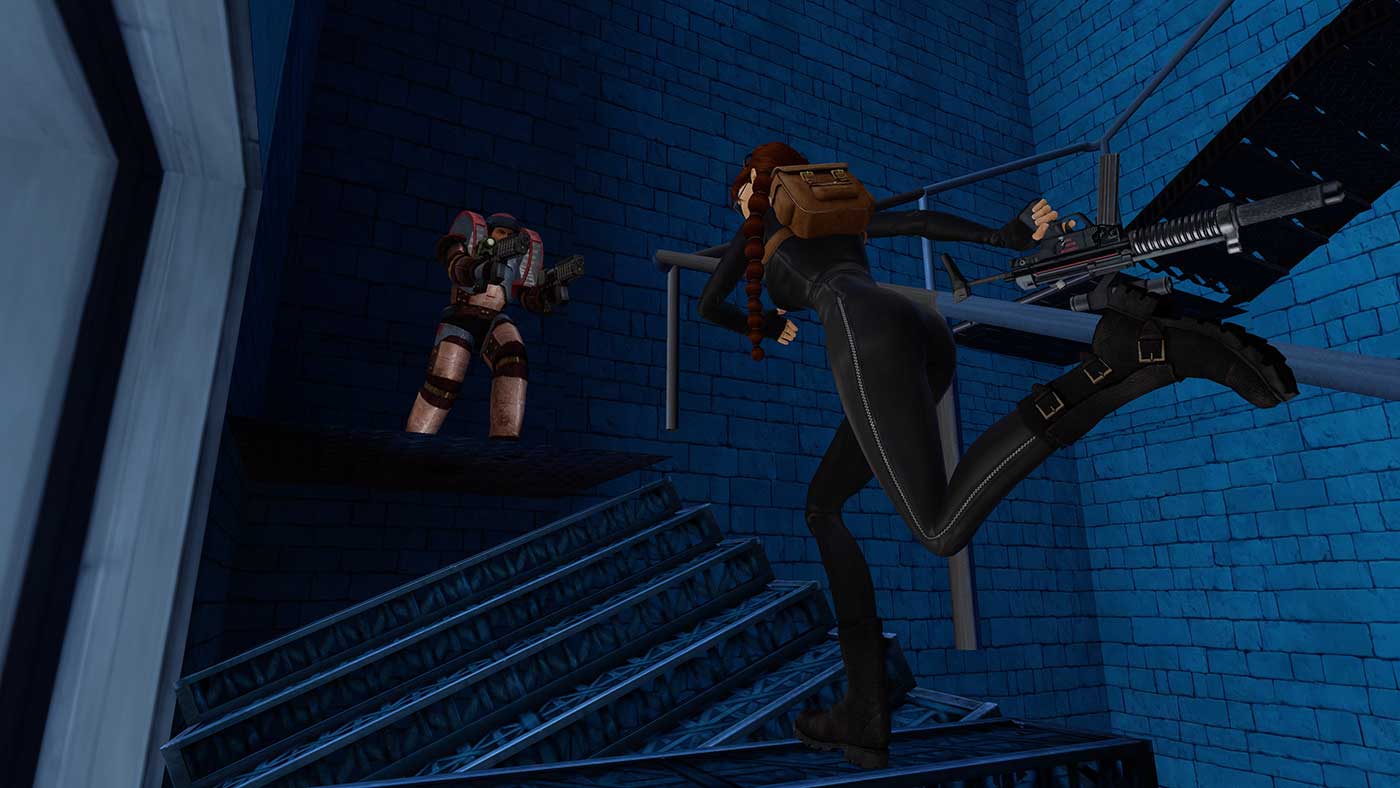
But what about these games, how do they hold up and are they still the crown jewels in the series? I’d argue they never were, perhaps even the darkest time for the Tomb Raider franchise. But they’re an integral piece of understanding the series’ strengths. I’ve always said that you have to experience the series’ highs and lows to appreciate the extent of its strengths and weaknesses. And the work Aspyr has done here to bring these games to the audiences who loved these original games is to be commended, regardless of the quality of the games underneath the treatment.
Back in the olden days, when I used to play video games recreationally and not write about them, The Last Revelation and Chronicles were met with lukewarm reception due to their lack of innovation over the first three games. Replaying them today, it’s easy to see why. The Last Revelation ends on a gnarly cliffhanger that Eidos didn’t want to let stick, whereas Chronicles explores stories from Lara’s past to squeeze as much blood out of the stone as humanely possible.
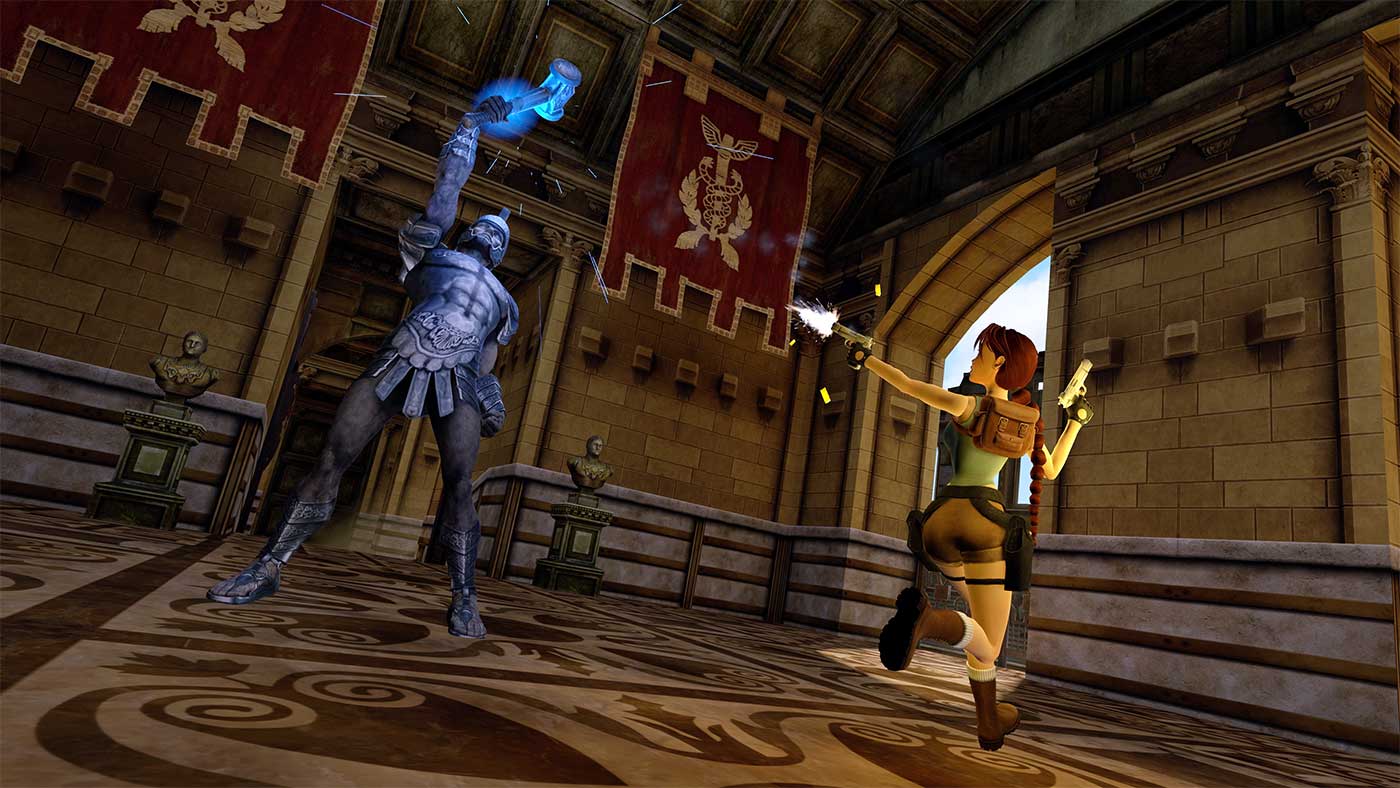
It’s easy to see why critics felt this way at the dawn of the millennium when these games came together incredibly quickly in only two years to capitalise on Lara’s burgeoning success. I want to clarify that these aren’t bad games by any means. But they do feel more of the same as the games presented in the original trilogy. You will essentially know what to expect here – Lara will explore some tombs, solve puzzles, find treasure and unravel grand conspiracies. You’ve seen it all before, and it’s great if you were left feeling longing after the original trilogy, but it also won’t change your mind about the franchise if the original trilogy didn’t do it for you either.
The Angel of Darkness, the sixth Tomb Raider game, is particularly interesting. Designed to be the beginning of an all-new trilogy, it follows Lara as she attempts to clear her name after being framed for the murder of her mentor. The game takes place in Paris and Prague, and ditches the “traditional” tomb settings in which the previous games occur. While its link to the earlier games, at least conceptually, is tenuous, it’s easily the most narratively interesting game of the first six.
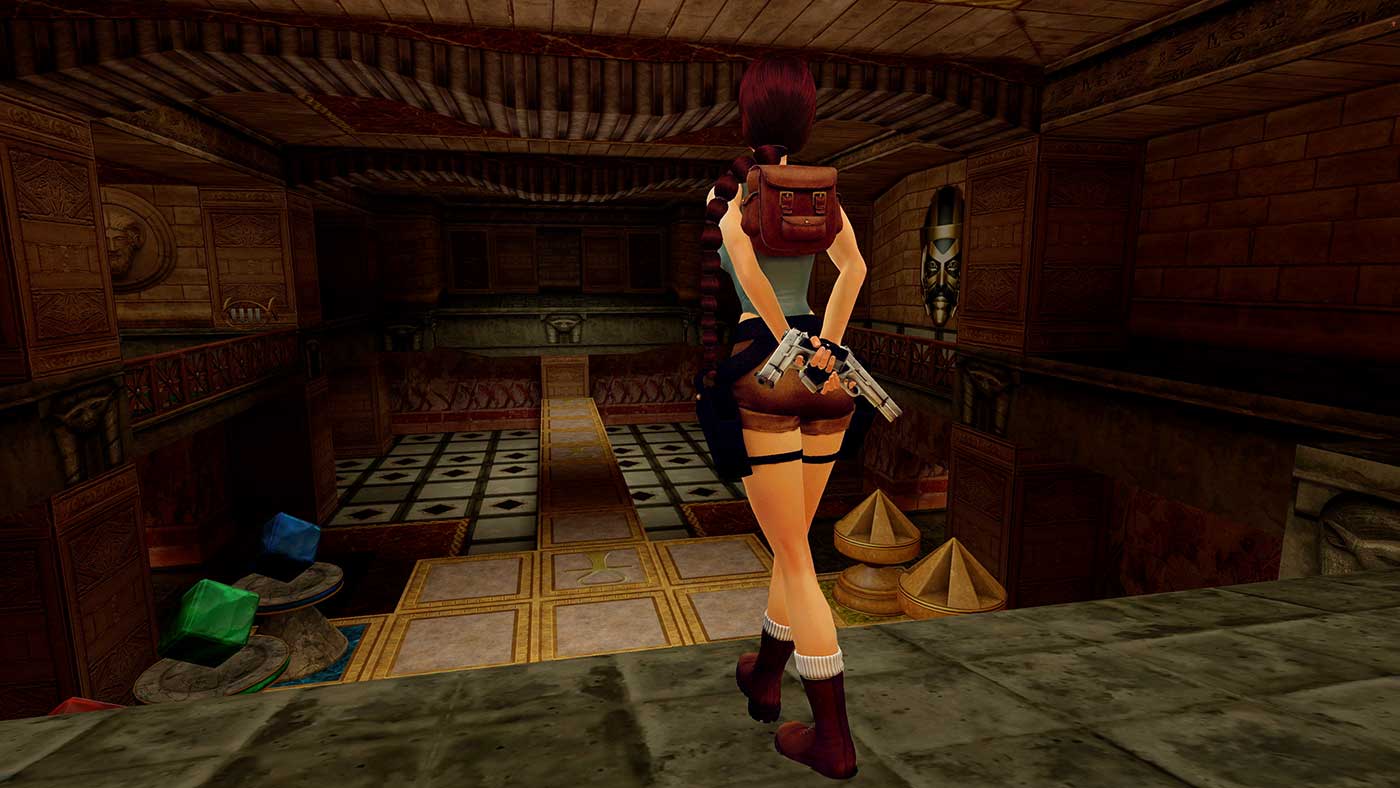
But while the streets of Paris and Prague become urban playgrounds for Lara, the game’s bizarre design choices remain despite the improvements that Aspyr brought to it. Lara still has stamina, which drains as she climbs. She still pats herself on the back and whispers to herself, “My legs feel stronger now” after moving a specific crate, giving her the strength to clear a gap that was otherwise not clearable without pushing said crate. You’ll even still be able to chat with other characters on the streets, with some choices of dialogue even influencing the path you’ll take throughout the game.
And while The Angel of Darkness is a bizarre experiment for the series, rife with dated stealth mechanics and an even more awkward second playable character, I can’t help but find something about it unanimously charming. It was an earnest attempt to breathe fresh air into the series. You can see what they were going for here, and despite its quality, the fact that its quirkiness is being preserved here by Aspyr more than makes up for its shortcomings.
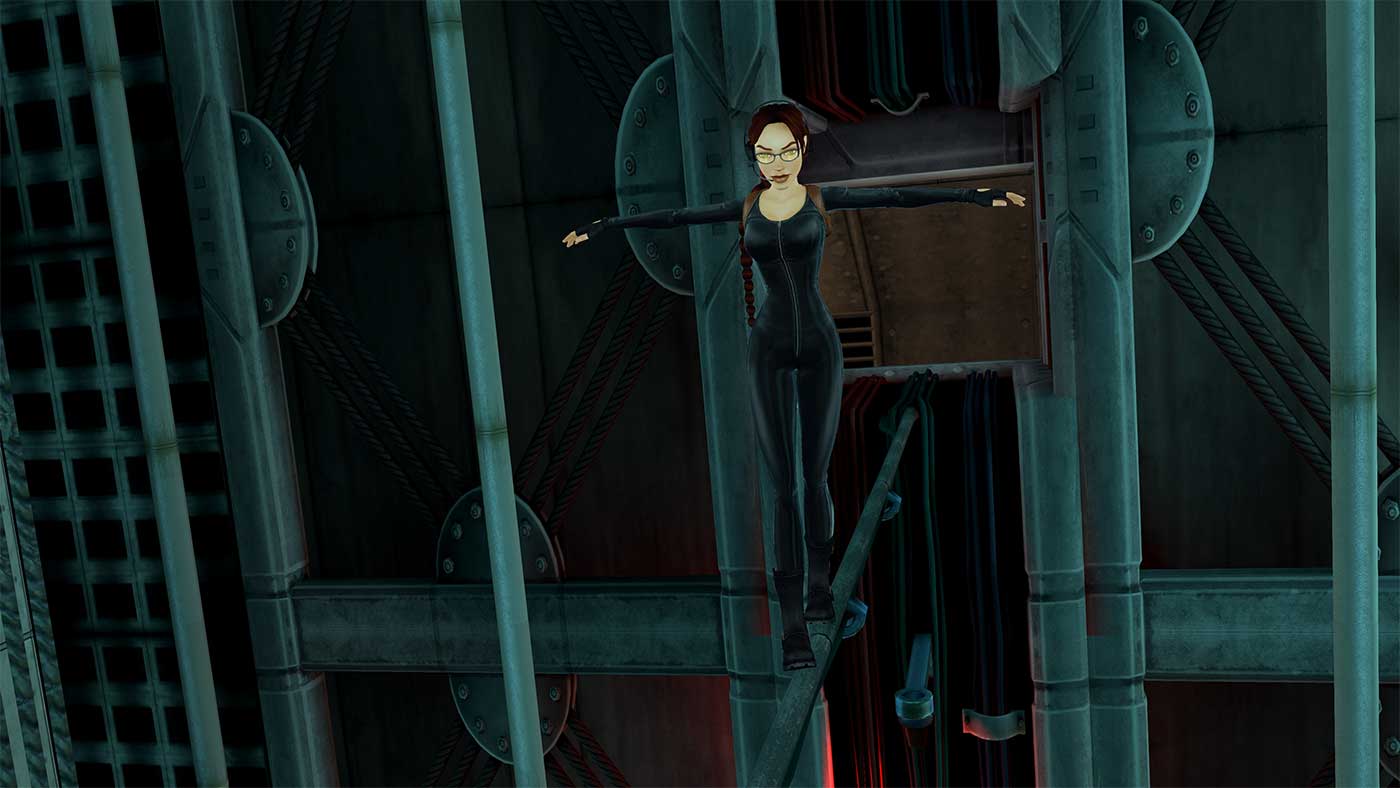
From a visual standpoint, this collection of remasters is an admirable effort. More than just a simple upscale, Aspyr has painstakingly recreated older textures to create a better-quality image across all the games. This difference is admittedly less pronounced in The Angel of Darkness, a PS2 game. Hence, the jump is less obvious, but all of the games look and feel great to play, thanks to their modern improvements.
All games run at a silky smooth 60fps, and if you want, you can switch to the original visuals at the press of a button in real time. There’s even a “retro FPS” option, too, if you want to be a true purist. The only blemish on this otherwise pristine restoration is the cinematics, which, following the incredible recreation in The Legacy of Kain: Soul Reaver 1&2 Remastered, feel notably lo-fi in contrast to everything else.
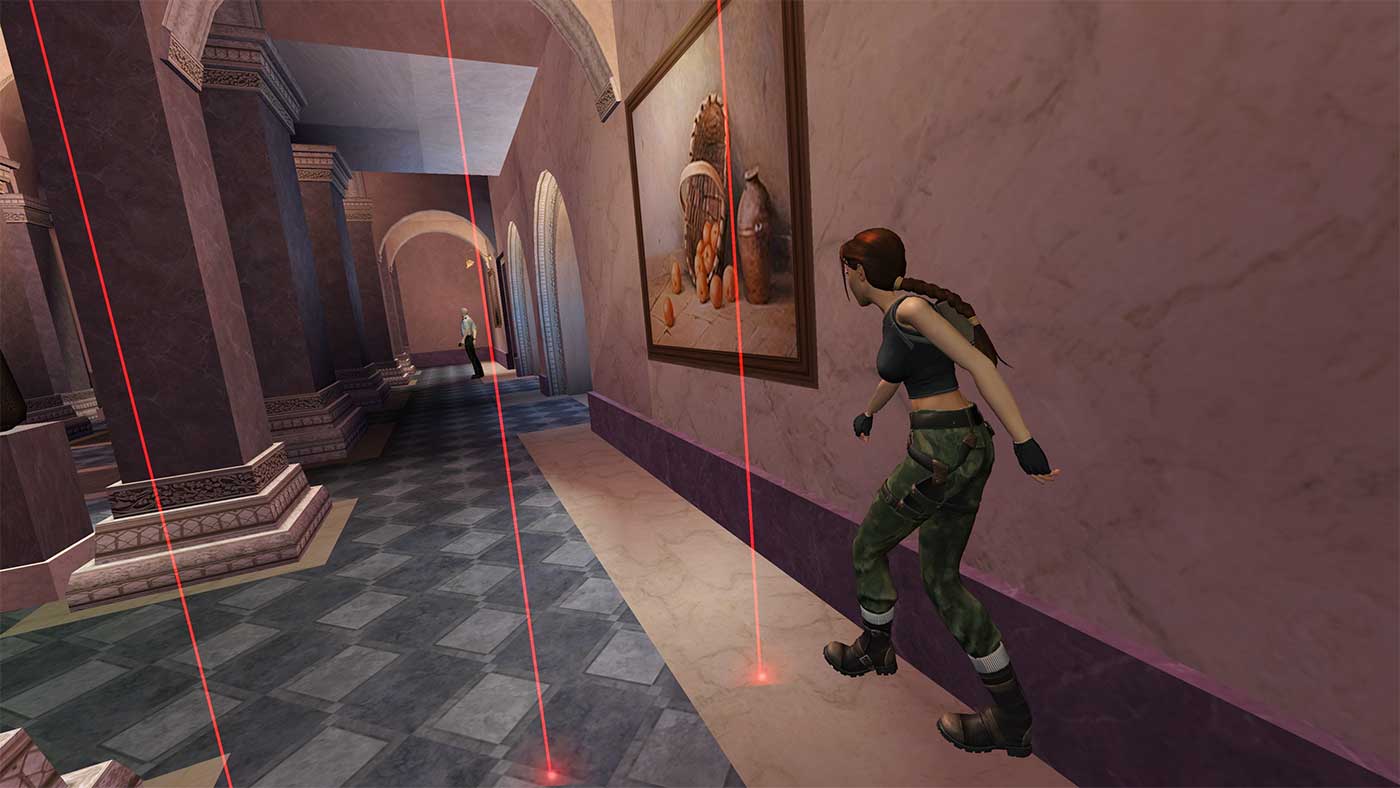
And that’s all there is to it. While the games that the remasters are based on aren’t as strong as the previous trilogy, the care and attention that every game has been given, despite their reputations in the franchise, is to be commended. Aspyr has done its darndest to try and bring these games into the modern age, but a remaster can only get you so far in the world of video games.



